Christopher E.J Yang
Christopher Yang was born in Torrance, California (USA) in 1978. Started kendo at Torrance Kendo Dojo in the US at 8 years old. Attended University of Tsukuba in 1998-1999 and joined the Tsukuba Kendo Team. Graduated from UC Berkeley (2000) and Georgetown University Law Center (2003). After graduation, worked at the international law firm of Latham & Watkins, and currently Vice President of Toyota Motor North America and General Counsel of Toyota Connected North America. Represented the USA in the World Kendo Championships from 1997-2015 (7 times), placing Second Place twice (2006 and 2009), Third Place three times (2003, 2012, 2015) in the Team Championships, and Top 8 in the Individual Championships twice (2000 and 2003). Received Fighting Spirit (Kantosho) Award at the World Kendo Championships 7 times. Kendo 7-Dan Kyoshi.
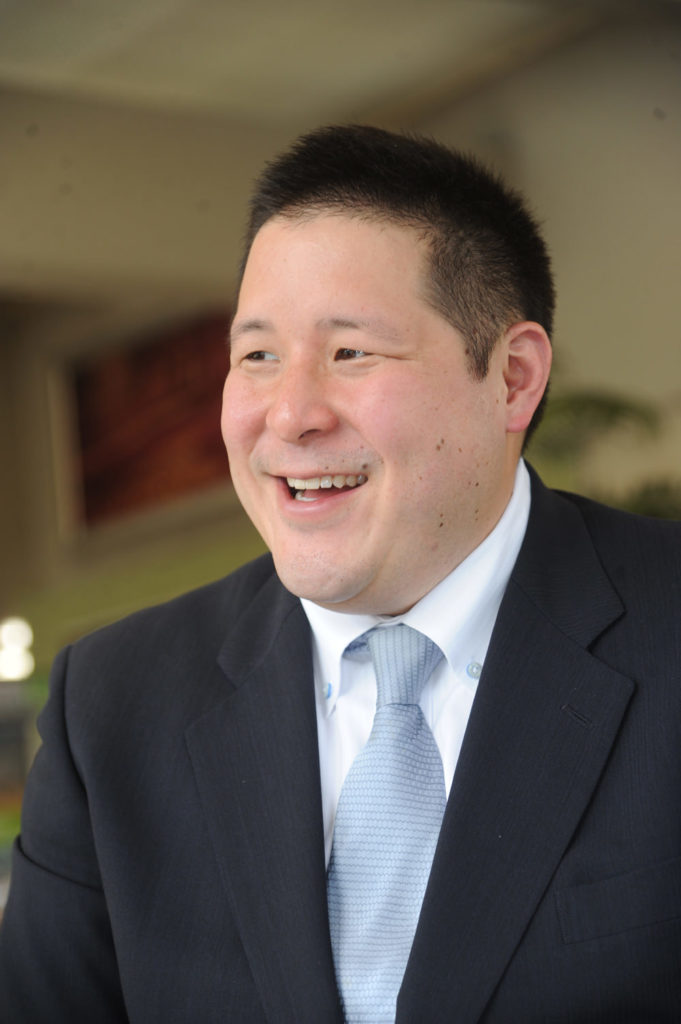
I remember vividly the first time I heard my name was listed in a kendo magazine. I made my kendo magazine debut over 25 years ago, when someone submitted an article about the 1994 U.S. Championships to a kendo magazine. Opening the shiny cover of the magazine, I had to flip through 95 percent of the book before finally finding a small blurry photo of my team, coupled with a mention of my name (in katakana) in the black and white section, a few pages before the end of the magazine. Looking at the article now brings smile to my face, but back then I probably felt as though I conquered the world. Since then, I have always believed kendo magazines have a special power to motivate, unite and engage kenshi in a very special way.
Magazines such as Kendo Jidai were created to spread knowledge and information about kendo to kenshi in Japan. However, it is likely that these magazines could not predict the impact and influence they had, and continue to have, in informing and enriching the knowledge of kenshi all over the world. Any foreign kenshi who has had the privilege to participate in the World Kendo Championships has likely waited patiently for the “WKC Edition” of Kendo Jidai, scouring through the articles and pictures with the hope that they would be mentioned or included in one of the action shots. Even kenshi who have not been to the World Kendo Championships have read Kendo Jidai, and perhaps tried to translate an article featuring their favorite sensei, or studied the step-by-step picture analysis on how to execute certain waza. I personally remember looking up kanji just to read an interview with senseis I respected, or feeling inspired after reading the life story of kenshi I wished to emulate. In short, I believe these kendo magazines have a significant impact in the lives of foreign kenshi.
When I started kendo 30+ years ago, it was assumed that kendo was practiced mainly by Japanese or those of Japanese origin. Even in the United States, there were very few non-Japanese kenshi practicing kendo. I even recall being pressured to use my mother’s Japanese maiden name on my bogu instead of my Chinese father’s name, Yang, when I first began competition. We had a big fight in the house that night, with my father saying I should quit kendo if I was not proud enough to use my own name. While this may have been an experience unique to me, I think it is fair to say that back then, non-Japanese kenshi were considered unique or an anomaly, and definitely not common.
In a way, we probably are very unique in choosing kendo as our passion. I think all foreign kenshi share similar experiences of sacrificing their work, money, or time with family and friends, to pursue their passion for kendo. We probably also share similar experiences of being considered “unique” by our peers for practicing an art that is not mainstream or popular in our respective countries. Most foreign kenshi have had to respond to some variation of the following: “What is kendo, is that like karate?” “Oh kendo, yes, that’s the one with the sticks right?” “What do you mean you cant go to the school dance because of kendo?” And my personal favorite…“Which is more important, me or kendo?”
I have come to appreciate my uniqueness, but it has taken many years to find the courage to be proud of the fact that I was different. For the past 20 years, I have had a printout of a poem by Robert Frost on my wall, the last verse of which goes as follows:
I shall be telling this with a sigh
Somewhere ages and ages hence
Two woods diverged in a wood and I –
I took the one less traveled by,
And that has made all of the difference.
(The Road Not Taken by Robert Frost)
I must confess I am definitely not a poet, and this may be the only poem I actually know. However, the words resonated with me, and really gave me the confidence I needed to trust my instincts to make my own path. In a sense, I feel that all foreign kenshi can relate to this poem, and that we all are taken the “road less traveled by” in our kendo journey.
Fast forward to today, kendo has undergone a massive globalization, with kenshi from around the world proud to embrace kendo as their own “do” or “way.” Amazingly, foreign kenshi (including myself) are able to respect and cherish the uniquely Japanese traditions of kendo, even when practicing kendo on foreign soil. Concepts of kansha (appreciation), gaman (patience), kihon (fundamentals) and reigi (etiquette) may not exist in many aspects of non-Japanese life, but are definitely embraced and cherished by non-Japanese kenshi. I would like to think that kenshi in Japan have come to recognize and perhaps even respect foreign kenshi for their dedication and passion to the traditional Japanese martial art of kendo.
A few months ago, Kendo Jidai approached me and asked me write a column in their new English online magazine, and translated into Japanese into their Japanese print magazine. Those that know me well know that I really do not seek nor savor public attention – I prefer to let actions speak louder than words. However, it was honestly an honor that Kendo Jidai would think to include a foreign kenshi, particularly an amateur, overweight kenshi who has retired from competition, to write for such a renowned magazine.
More importantly, I was moved by Kendo Jidai’s hopes for this column: 1) to strengthen the bonds between foreign kenshi by sharing common experiences or learnings as a kenshi outside of Japan; and 2) to increase awareness among Japanese kendoka of the unique challenges and experiences of a foreign kenshi. With these two large goals in mind, I hope to give this my humble best efforts and share some of my thoughts and experiences in my 30+ years of doing kendo internationally around the globe. I would greatly appreciate your time and support as I try to do my part to “give back” to kendo, the path that has made me who I am today.
Respectfully Yours,
Chris Yang

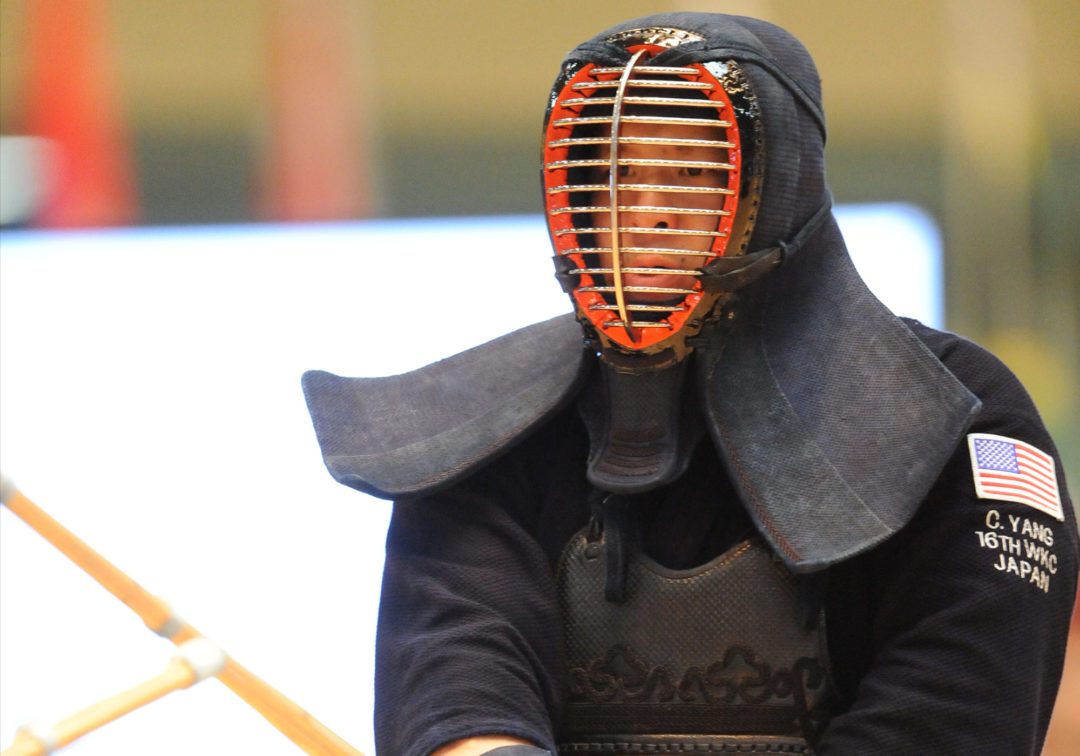
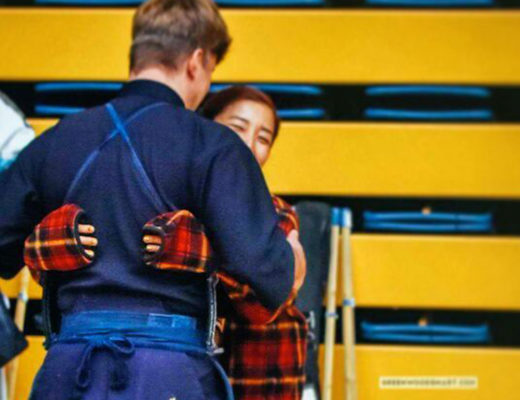
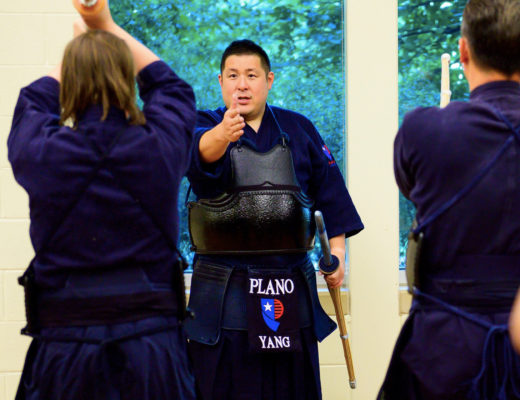
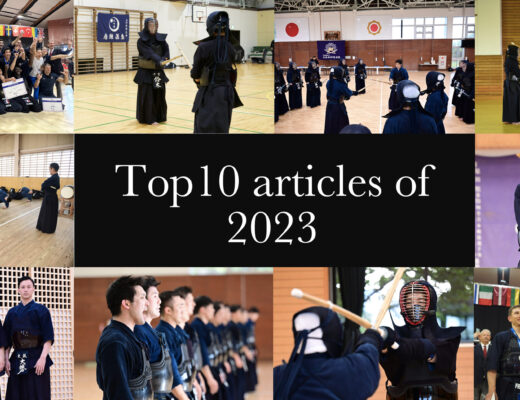
Very excited to see your article Yang-sensei! Congratulations on being asked to contribute to Kendo Jidai – your perspective will be appreciated by foreign kenshi.